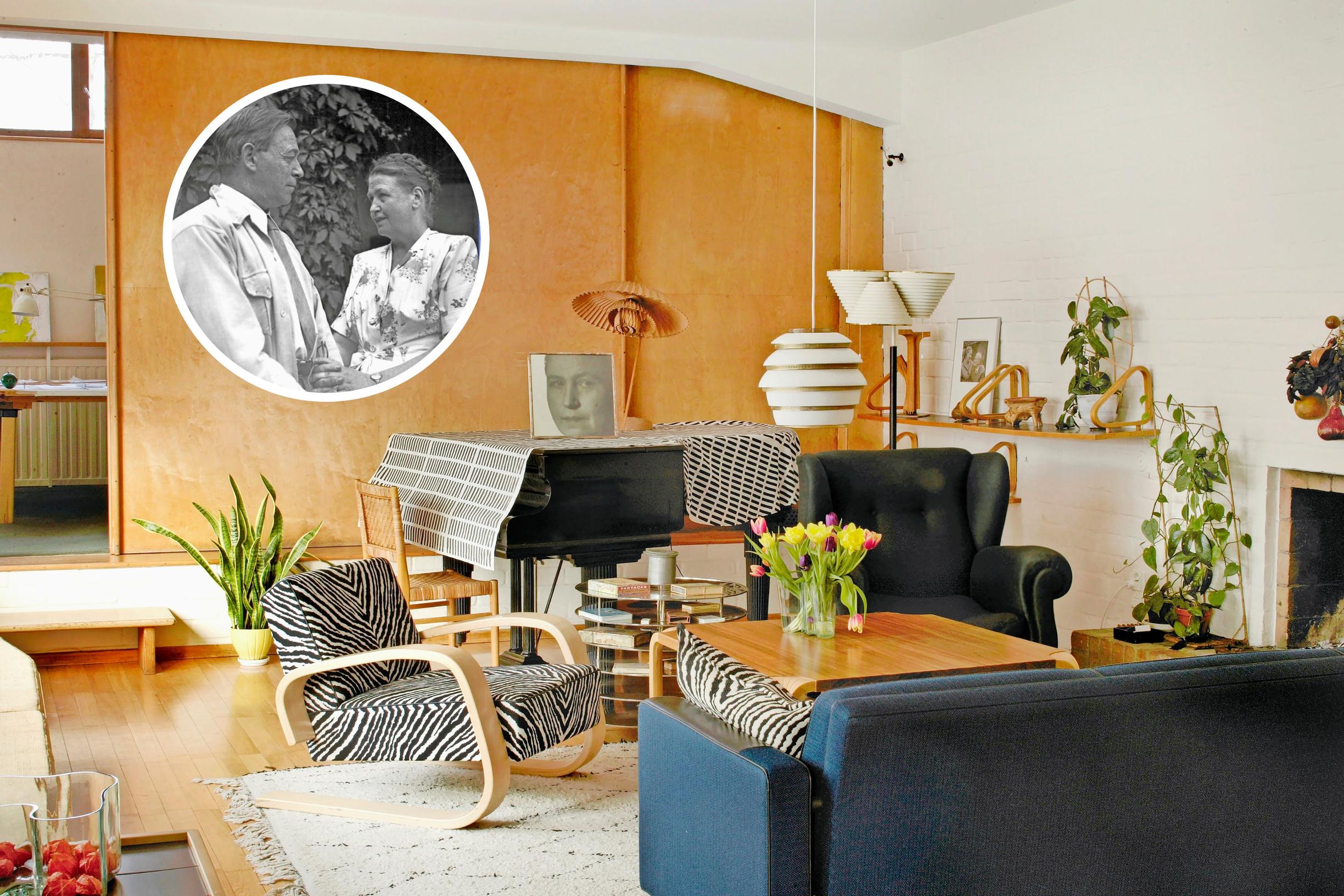
The Aalto legacy—we asked four experts to evaluate how Alvar and Aino changed Finnish style
Thanks to Alvar and Aino, Finns have come to recognize that coziness is sparked by the humanity in design, patina, a connection to nature, and a sense of playfulness. Even mishaps have their place.

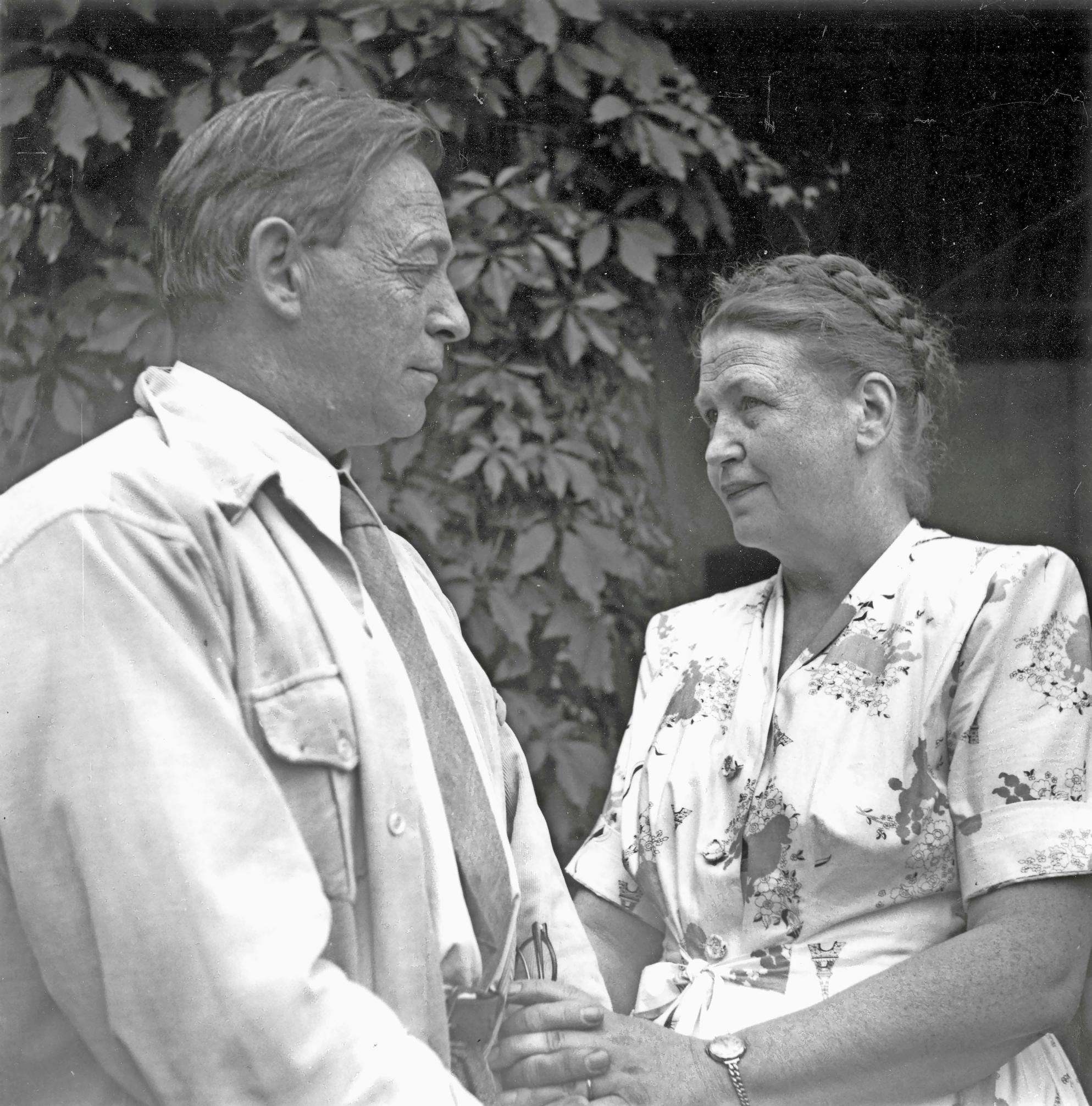
Architects Alvar Aalto (1898–1976) and Aino Aalto (1894–1949) collaborated on numerous architectural and design masterpieces during times of scarcity and war: Paimio Sanatorium (1929–33), the Aaltos’ own home on Riihitie (1935–36), the Sunila pulp mill and residential area (1936–54), Restaurant Savoy (1937), and Villa Mairea (1937–39), to name a few.
A series of 13 of the Aaltos’ architectural works has been proposed for the UNESCO World Heritage List. A decision is expected in 2026. Many of the Aaltos projects can be seen as total works of art, encompassing area planning, architecture, and the creation of interiors, furniture, lighting, and even textiles. Scarcity sparked fresh creativity, exemplified by Alvar Aalto’s and Otto Korhonen’s famous wood-bending experiments and Aino’s printed fabric designs.

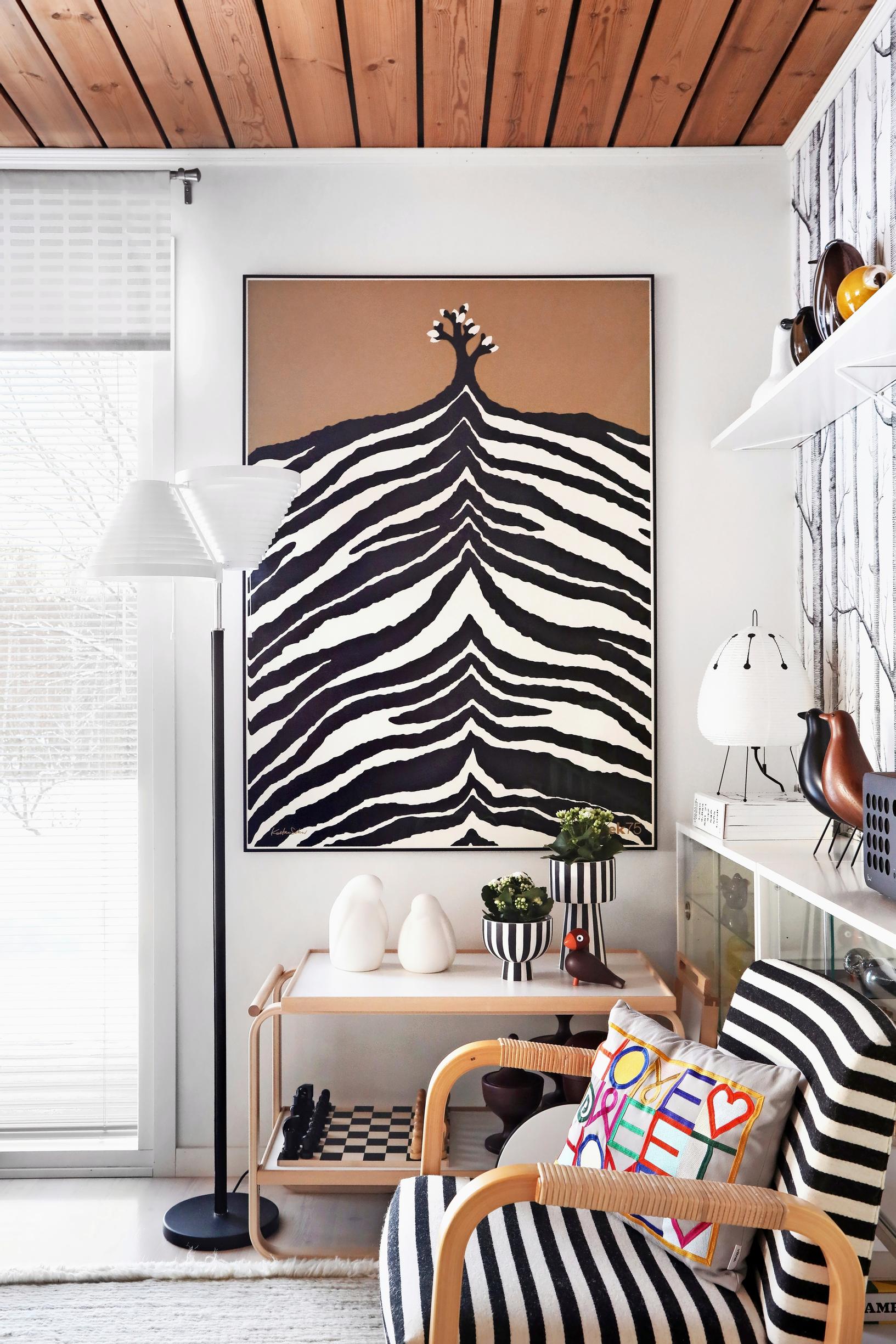
“Alvar Aalto is our most internationally respected architect. In the 1980s, architecture students were told: Study Aalto but don’t copy him. It wasn’t until the 2000s that they stopped hesitating and began using Aalto’s thematic ideas in their own designs,” says architect and CEO of the Alvar Aalto Foundation Tommi Lindh.
Lindh points to the large Northern Lights wall Aalto designed for the Finnish pavilion at the 1939 World’s Fair in New York, suggestions of which can be found in the wooden façade of Helsinki’s Oodi central library (2018) and the entrance ceiling at Helsinki Airport (2021), both by ALA Architects.

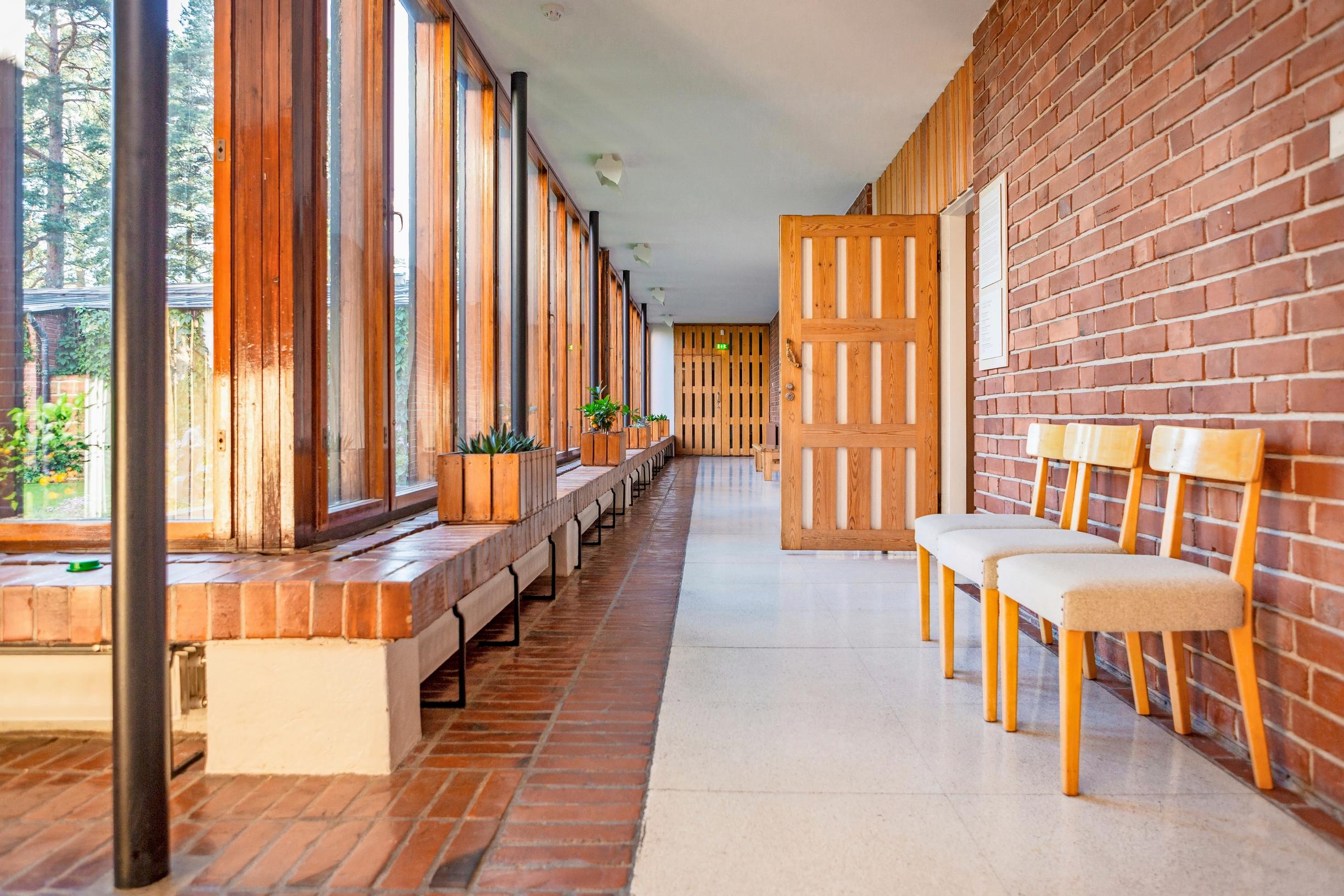
“Meticulous proportions based on human scale, compass points, and elevation changes are typical of Aalto’s architecture. Many have studied how he created monumentality without making it overly symmetrical or imposing,” Lindh says.
“Meticulous proportions based on human scale, compass points, and elevation changes are typical of Aalto’s architecture.”Architect Tommi Lindh
Democratic housing design
At the Small Dwelling Exhibition at Helsinki’s Taidehalli in 1930, the Aaltos showed how housing solutions could work even in minimal spaces. Their design approach was often radical and ahead of its time, highlighting efficient use of space, plenty of natural materials, abundant natural light, and a smooth flow from interiors to the outdoors.
Their starting point was a humane and democratic mindset, which still fits today’s ecological and community-focused needs. Aino Aalto also took children into account by creating furniture suited for daycares and children’s rooms.

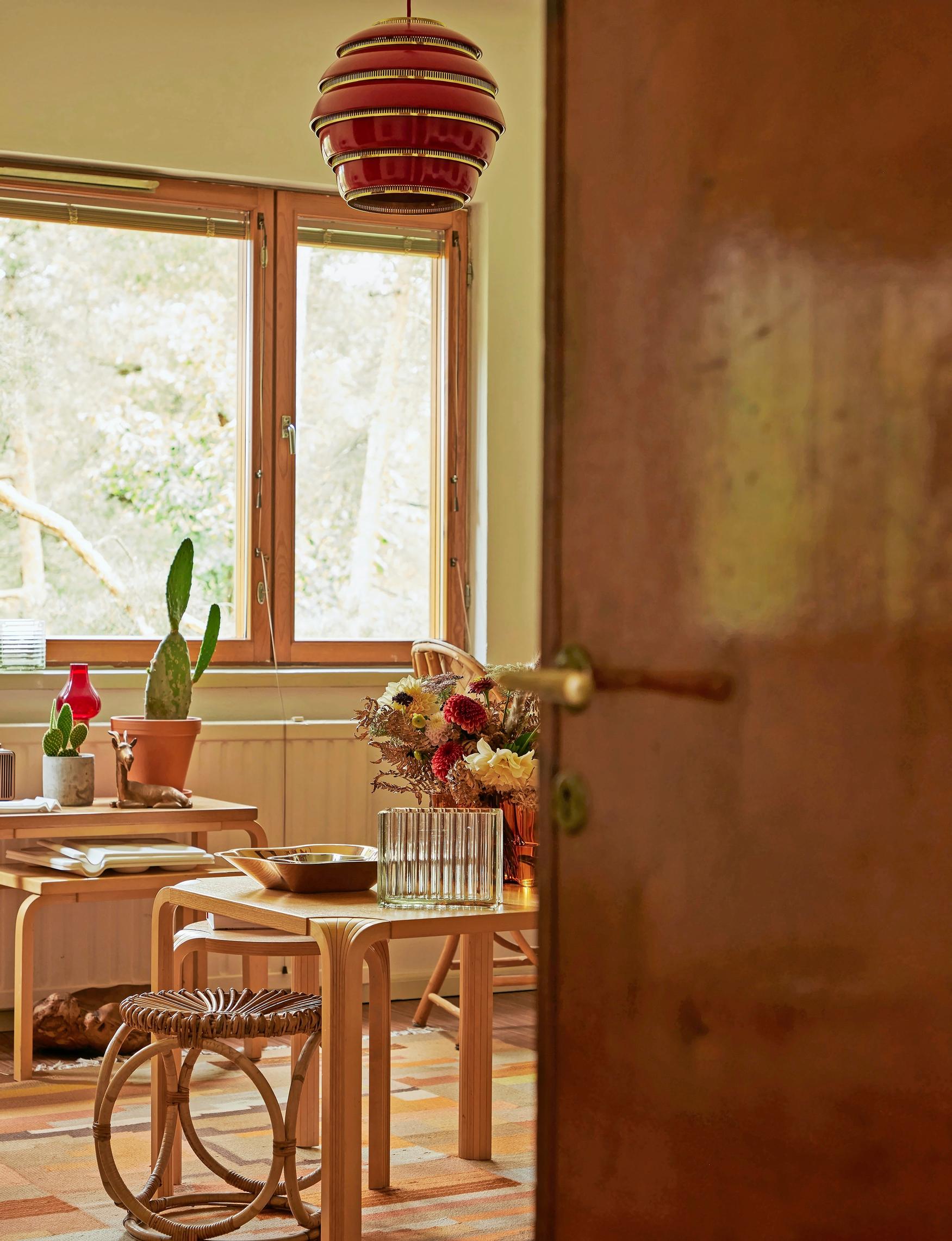
“Flexible minimal living and a connection to nature come from Alvar Aalto’s legacy for modern interiors. In the Sunila mill residential area in Kotka, Aalto created shared spaces like daycare facilities for children—an early form of the sharing economy,” says building contractor Ekman’s CEO and interior architect Anna Tiula.
“Aalto’s ideas about using natural, uncoated materials are crucial for renovation. For example, untreated wood changes over time, but that’s part of its charm. We could certainly learn more tolerance for patina from Aalto,” she says.
“We could certainly learn more tolerance for patina from Aalto.”Interior architect Anna Tiula
Creating a holistic housing concept
Alvar Aalto considered the biological, functional, and economic aspects of housing—still relevant now. He was central to postwar rebuilding and regional planning, including the Poronsarvi (Reindeer Antler) plan for Rovaniemi’s center in 1944. He also took part in planning Tapiola in Espoo in the 1950s and created his own “Tapiola” in Rovaniemi, the Korkalorinne residential area (1958–61) with two apartment blocks and three rows of houses.

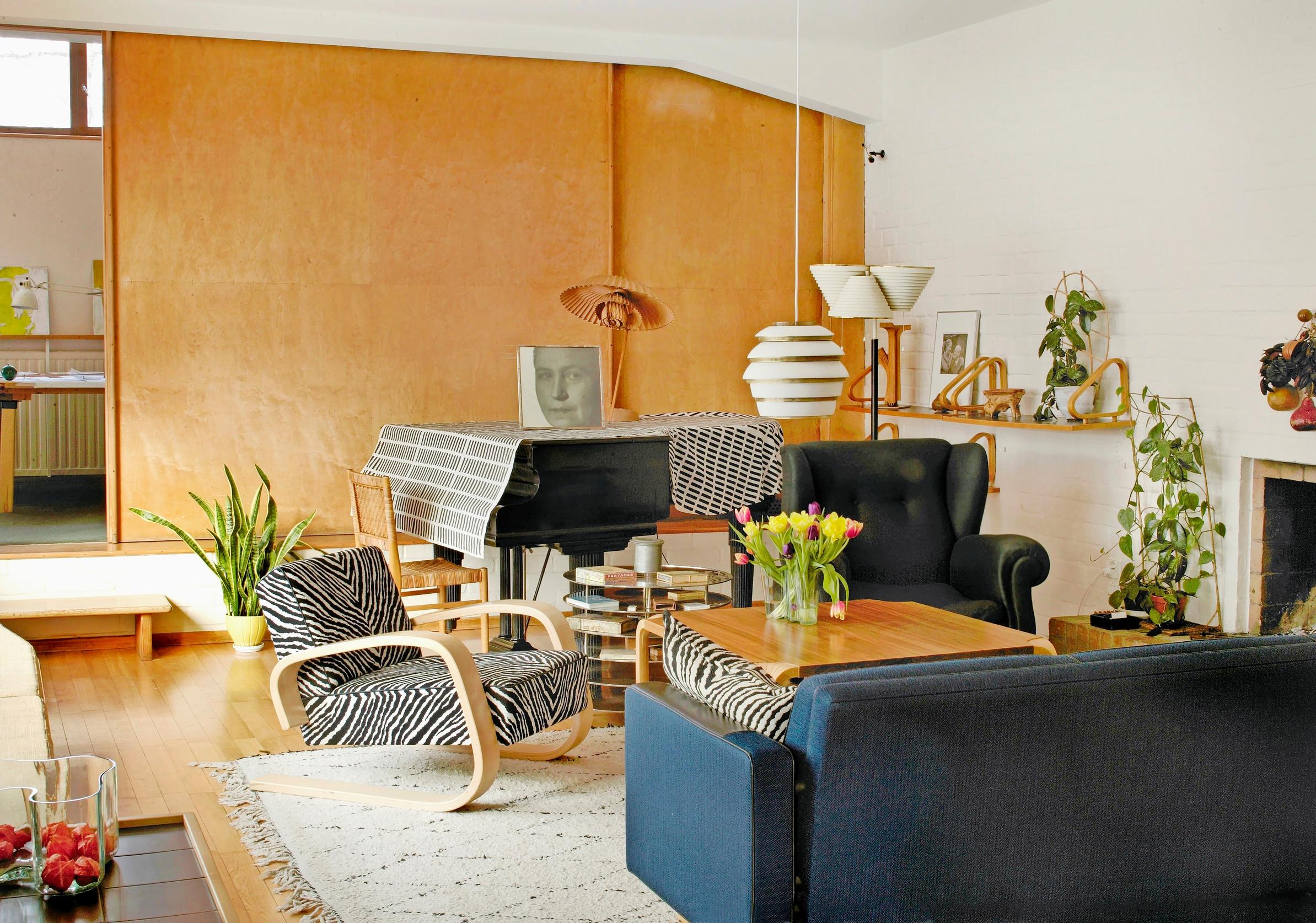
The couple’s house on Riihitie in Helsinki originally served both as a family home for four and as an architecture office. International clients and friends were always welcome.
Today, the home museum is filled with Aalto fans and curious travelers. Many visitors are surprised by the intimate scale: how did a world-famous architect live so modestly? The warmth and cozy atmosphere frequently earn compliments.
Alvar Aalto’s private homes were mostly built for friends and public figures: Villa Mairea (1937–39), Villa Kokkonen (1967–69), Villa Skeppet (1969–70), and Maison Louis Carré in France (1956–63). Muuratsalo’s Experimental House—the couple’s summer place (1952–54)—was created with Aalto’s second wife, architect Elissa Aalto (1922–94), who also helped design Maison Louis Carré. These famous private houses, featuring iconic furniture, are sought-out destinations.
In 1935, Aino and Alvar Aalto launched Artek together with patron Maire Gullichsen and art historian Nils-Gustav Hahl to market the Aaltos’ furniture internationally. In most of the Aaltos’ key projects, the interiors were often the work of architect Aino Aalto. She served as Artek’s artistic director until her death in 1949. Artek’s design office (1936–2004) interior architects, such as Maija Heikinheimo, Sinikka Killinen, Marja Pystynen and Ben af Schultén, carried on Aino’s legacy. Their designs are on view at the Aalto2 summer exhibition in Jyväskylä.
“Right now, interior design has a laid-back feel with a variety of textures, memories, greenery, light, and raw elements.”Journalist Hanna Sumari
Young people broaden the Aalto image
The Aaltos’ influence on Finnish tastes and interior design has lasted for over a century. Journalist and interior expert Hanna Sumari has deep insight into Finnish interior style.
“If a home features Aalto’s designs, it often has many of them. But people’s approach to Aalto furniture has changed. In the past, so-called ‘Aalto homes’ were very stark and cold. They missed the warmth that defines Aalto’s style—diverse textures, plants, and lovely rugs,” Sumari says.

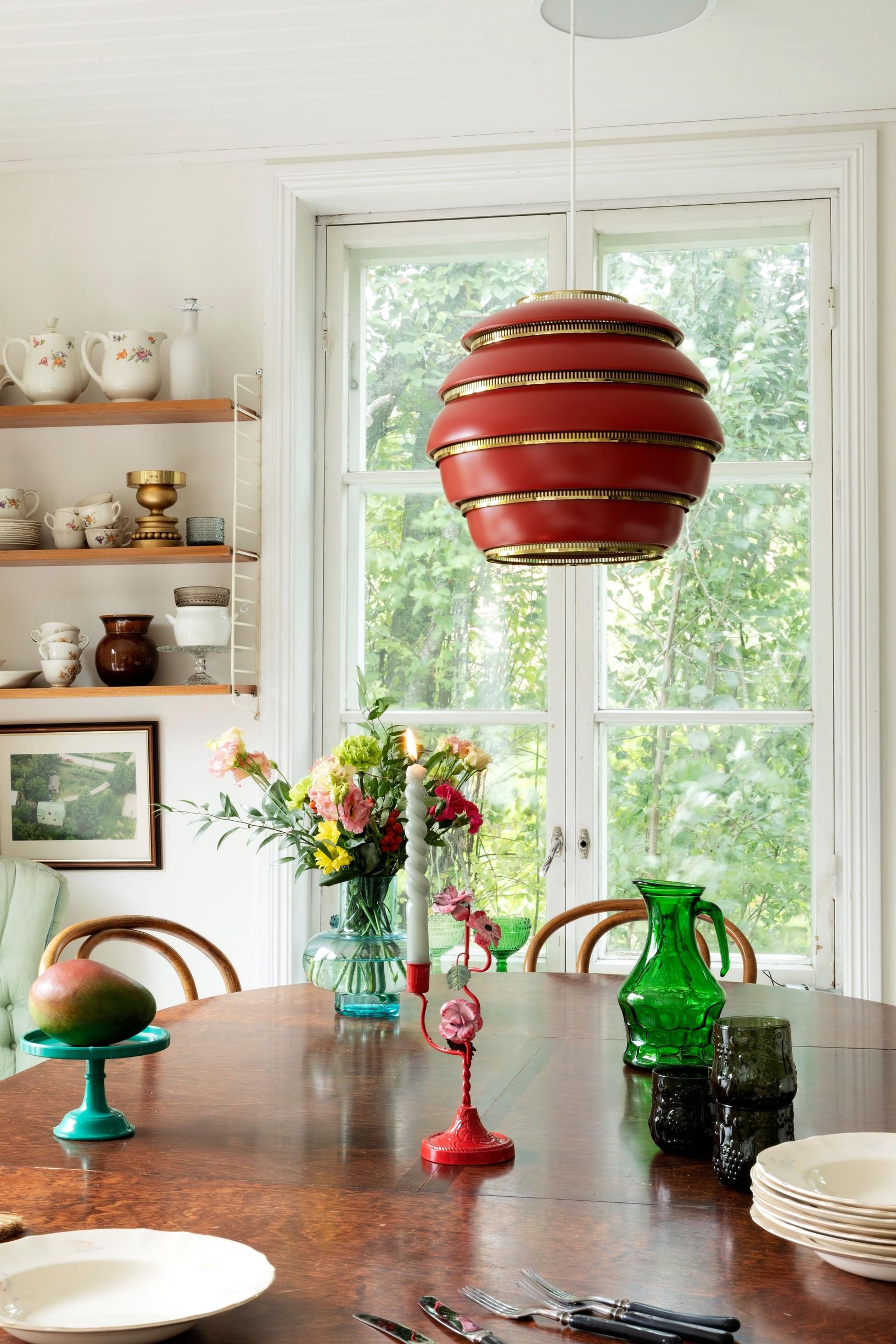
Sumari notes that people in their 30s and 40s have really embraced Alvar and Aino Aalto’s style.
“Right now, interior design has a relaxed look, with many kinds of materials, personal memorabilia, greenery, light, and rugged textures. And lots of textiles, which were missing from interiors just ten years ago. I’m really happy to see this development.”
Many younger people buy Artek furniture, such as vintage Stool 60, online or at auctions. They appreciate patina and craftsmanship. They’re also curious about each piece’s story, origin, and variations. Antti Tevajärvi from Artek 2nd Cycle remarks that Aalto pieces from different decades and other Artek items are in high demand.
“Mixing styles and periods in an eclectic way is increasingly popular. People want to invest in restoring and reupholstering old furniture, which is great. You might see 1930s and 1980s collections side by side with the latest Artek production.”
“Mixing styles and periods in an eclectic way is increasingly popular.”Antti Tevajärvi
Dialogue between public spaces and the home
Quality and durability were central to the Aaltos’ designs, a concept that also fits modern circular economy ideas. Many of their pieces were originally made for demanding public settings but have been sold worldwide by Artek from the start.
“Timeless design and historical context are highly valued. We’ve noticed that restaurants and other public spaces often want to keep their old Artek furniture. They might update the look with new lighting or small accessories,” says Tevajärvi.

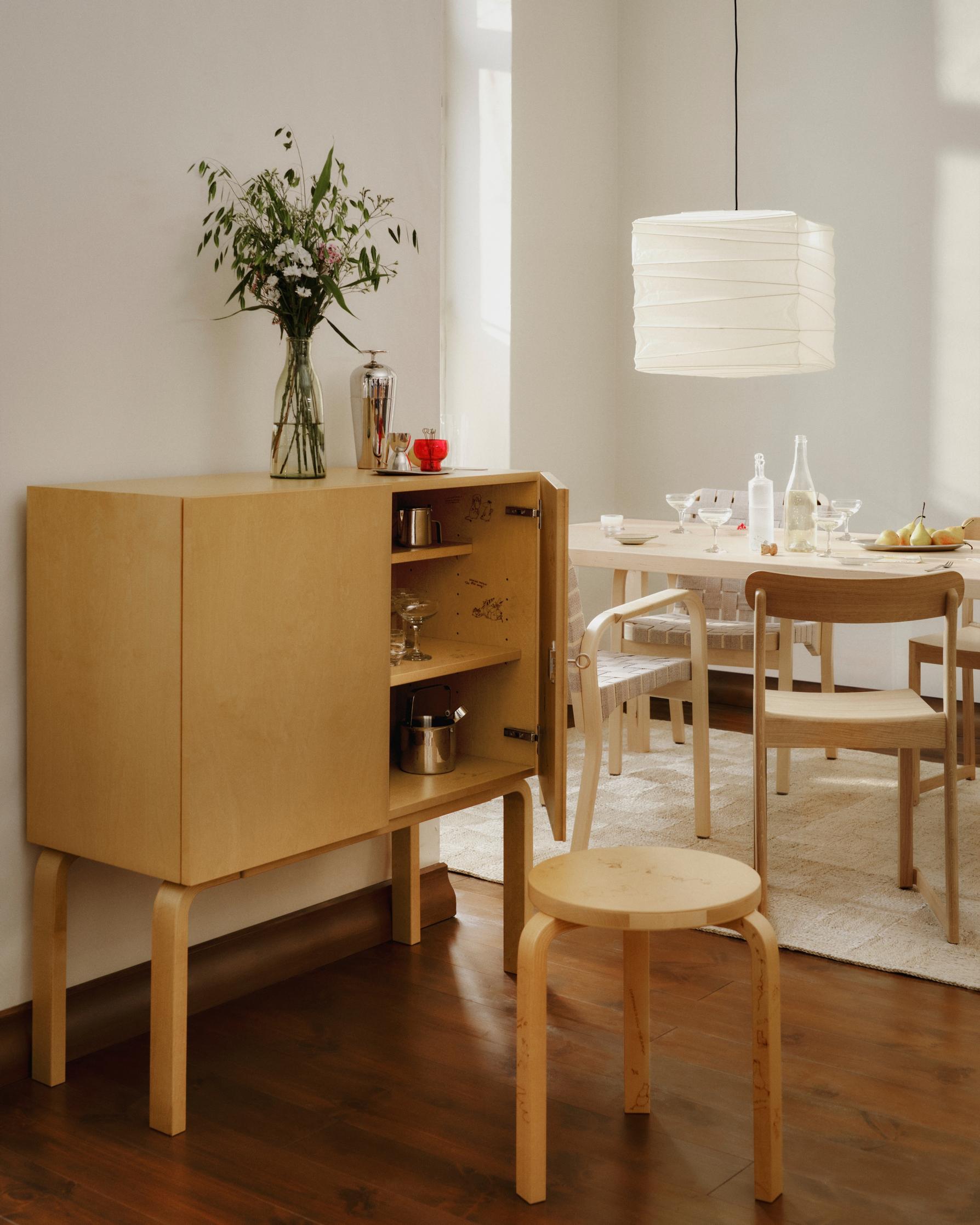
The Aaltos were bold in mixing different styles in their own home. Rustic chairs they brought from a 1924 honeymoon in Italy still fit seamlessly in Riihitie’s dining room. It’s about designing to a human scale, playing with shapes and motifs, and accepting quirky style choices.
“Modernism’s timeless legacy is still going strong in Finland and worldwide. There’s growing interest in the layers of history behind Artek’s materials and design language, which stand the test of time. Finnish design appeals to a wide audience,” says Tevajärvi.

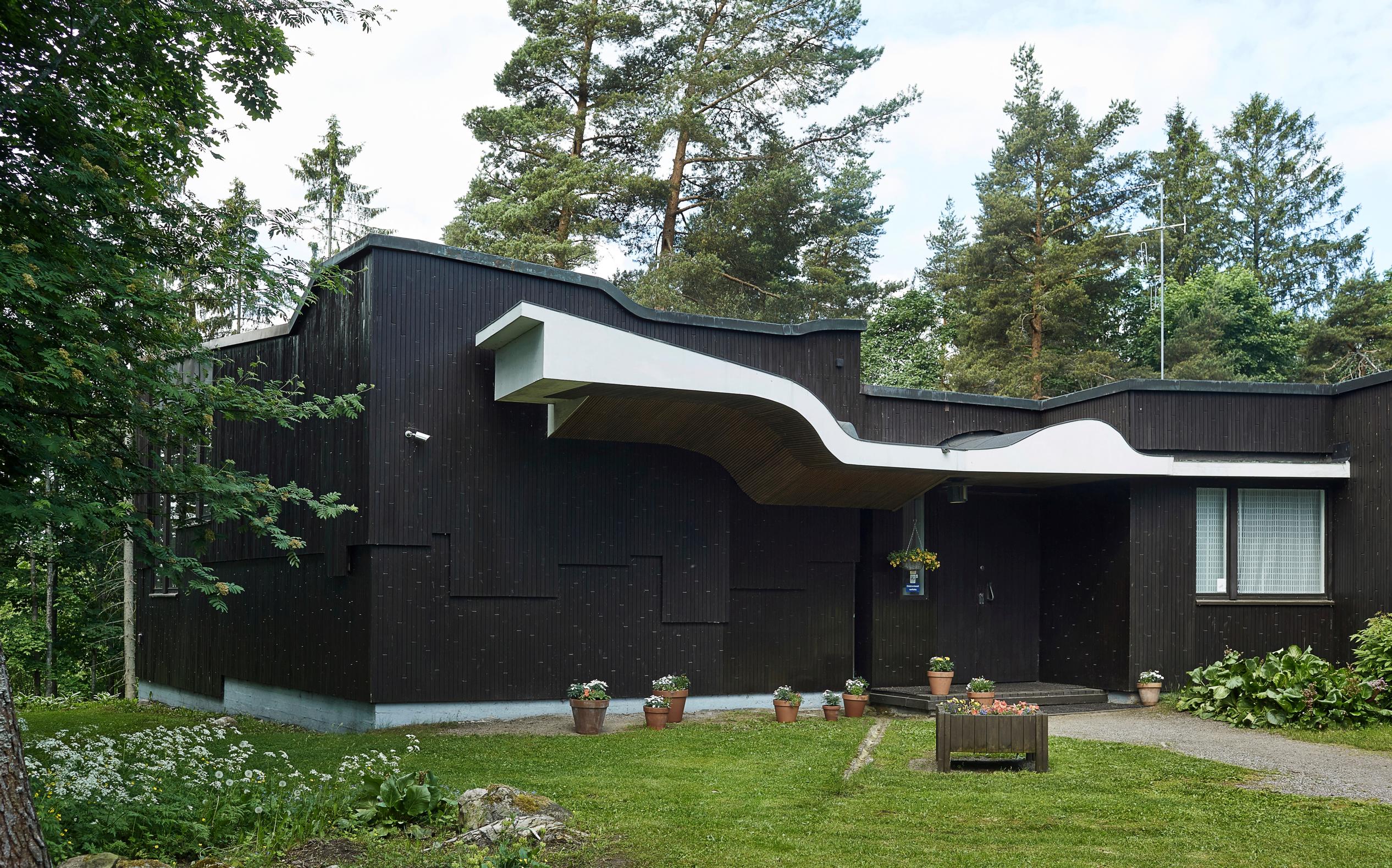

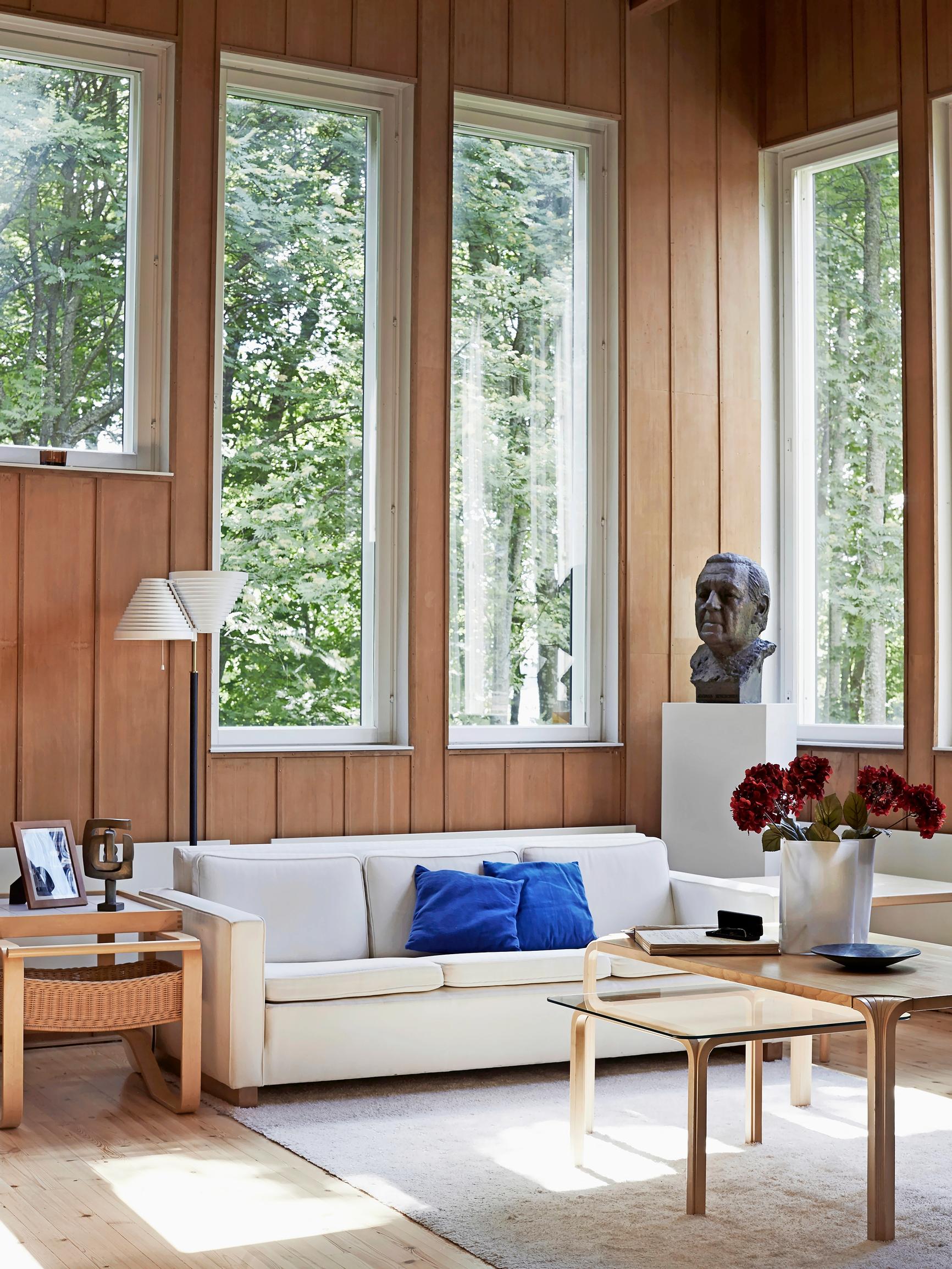
Alvar Aalto events in 2025
23.5.–14.9. Visible behind the scenes – The Artek drawing office 1936–2004 exhibition, Aalto2 Museum Center, Jyväskylä.
10.6. International 10th Alvar Aalto Design Seminar “Checkpoint,” Jyväskylä.
Contemporary design and Aalto, plus guided Alvar Aalto architecture tours:
10.6. Säynätsalo Town Hall and the University of Jyväskylä campus area.
11.6. Villa Mairea, Noormarkku, and Paimio Sanatorium.
30.–31.8. Aalto homes in Sunila, Kotka.
29.9.–5.10. Alvar Aalto Week in Rovaniemi with the theme ‘Arctic everyday Aalto.’
alvaraalto.fi

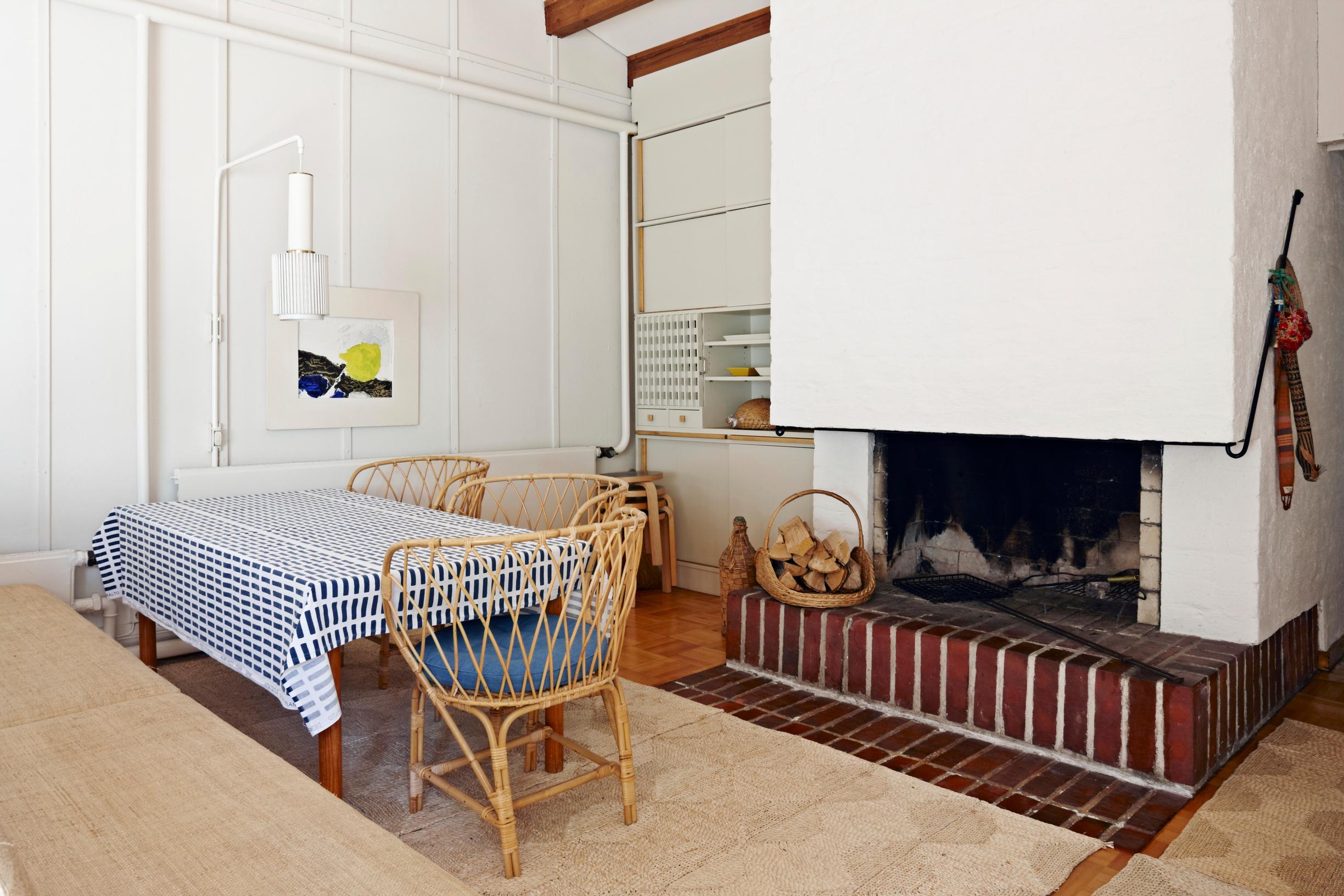
Alvar Aalto visitor destinations and guided tours
- Aalto2 Museum Center, Jyväskylä
- Alvar Aalto’s home, Helsinki
- Alvar Aalto’s studio, Helsinki
- Alvar Aalto’s terrace house, Eura
- Finlandia Hall, Helsinki
- Church of the Cross and Aalto Library, Seinäjoki
- Muuratsalo Experimental House, Jyväskylä
- Paimio Sanatorium, Paimio
- Säynätsalo Town Hall, Jyväskylä
- Villa Kokkonen, Järvenpää
- Villa Mairea, Noormarkku
- Villa Skeppet, Tammisaari
Alvar Aalto route destinations: visit.alvaraalto.fi


